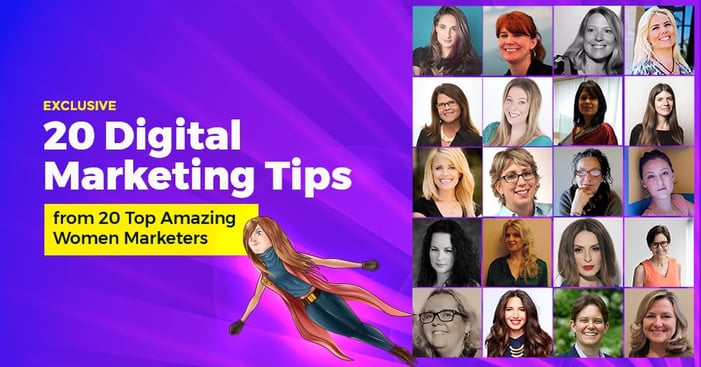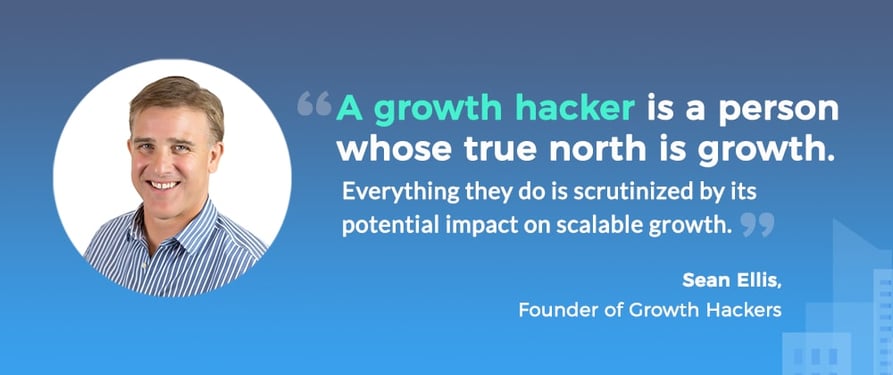
Growth Hacking :
A widespread buzzword used to describe a “hybrid of marketer and coder”. Essentially someone appointed with a high degree of responsibility to secure leads having a high degree of skill surpassing the average marketer.
So What Happens During Growth Hacking?
Growth Hacking undertakes a multitude of research inorder to conduct various testing steps and quick research in regards to sales, marketing and product development to improve the quality of services a brand has to offer.
The purpose is to simply grow whether done by changing current marketing practises or by engaging in viral marketing tactics
For those that truly understand the value of growth hacking know it can either build or destroy businesses.
Hence it has to be practised correctly in order to reveal new business opportunities so that brands can make use of even the smallest budgets to drive explosive growth.
Ever since its introduction into marketing vocabularies and conversations, the term "growth hacking" or "growth hacker" has made its way into countless articles, job descriptions, LinkedIn titles and even books with the same name.
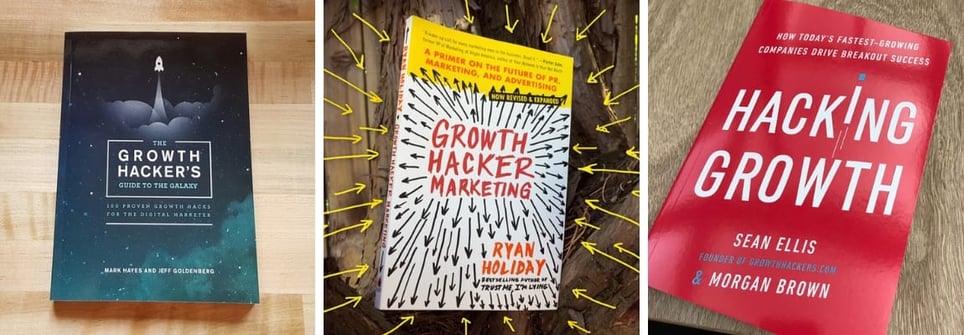
Live Examples of Growth Hacking
If you’ve come across an “Invite your friends and earn a reward” tactic, that’s a live example of growth hacking and brands like Uber are known for it.
This strategy is so effective because it saves on time and cost if brands are experiencing new customers from word of mouth by older customers.
It’s pure genius !
Below are real life examples of businesses that have implemented growth hacking successfully :
Instagram was previously called Burbn.
It started off as a location-based app allowing users to make future plans, hang out with friends, and post pictures.

At first users were frustrated with how cluttered the app was getting. However, this didn't stop Burbn’s founders, Kevin Systrom and Mike Krieger from giving up so early.
After analysing the data on the app they realised that people enjoyed posting pictures after editing them from filters and out of that came the idea of Instagram.
Thus, they used growth hacking the feel the pulse of consumers and took the opportunity to turn Burbn into Instagram which went onto becoming one of the most widely used apps globally
Read the Instagram Growth Hacking Case Study Here
Airbnb’s “Cross-posting into a Larger Community”
Airbnb is a platform known to allow people to rent out their accommodations to people looking for a place to stay.
Through vigorous research they discovered that the advertising site Craigslist with its enormous user base was the right choice to post their listing.
As a result, the brand utilised a growth hacking tactic to increase online booking and improve growth.
All they had to do was build a bot to visit Craigslist, grab a unique URL, insert the listing details, and forward the final URL to the user for publishing.
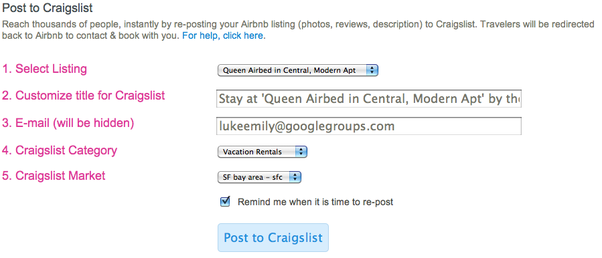
In addition, Airbnb offered their users a seamless opportunity to cross-post listings on Craigslist as well.
With a single click, cross-posting of Airbnb listings on Craigslist, there was a colossal spike in brand recognition and room leases - both of which were solid KPIs for Airbnb in its early stages of development.
These are examples of the smart and quick ways growth in businesses can be hacked if looked into effectively rather than make extensive steps that cost the business time and money.
Read the complete Airbnb growth hacking case study here
Inbound Marketing and Growth Hacking - The Difference
Before we get to the difference, let's just state what they have in common and that’s growth.
As for the difference, inbound marketing uses blogs, social media and optimisation of their website to address prospect issues while growth hacking makes use of marketing tactics such as offers to gain consumer loyalty from prospects.
Content strengthens inbound marketing and data strengthens growth hacking. Hence growth hacking can be used as a tool to enhance inbound marketing in gaining further leads.
How Growth Hacking is used into Inbound Marketing
1) Get FREE social shares of your content while collecting leads
If you’ve spent a great deal of time creating a premium piece of content, make sure it gets the attention it deserves.
Instead of just collecting contact details of your leads, tweak the download form to necessitate social media sharing to access your content.
When people come to view your content, set it up in a way where not only do they have to download it and share their contact information but would also have to share it on their social media for it to unlock for them.
By doing this, you can infiltrate into the market of a like minded audience which means greater chances of loyal prospects and if it's on Wordpress then it becomes easy to download and set up a plug-in to enable this.
2) Gain access to the audience of established thought leaders in your industry
If you’re tired of publishing countless blogs as part of your inbound marketing strategy, try this for a change.
Write a piece of content (blog or ebook), that contains quotes and thoughts from actual thought leaders in your industry.
Here’s one example:
The reason this tactic is so successful, is because the people you’ve interviewed take pride in sharing your content with their fans.
In fact, this tactic has a two-fold effect:
It helps you get material for your content, and also lets you benefit from free promotion by thought leaders.
So simple, yet so effective!
3) Create a personalised call to action based on any website link you share
Growth Hacking has now made it possible for your call to actions to be displayed on recognised sites such as entrepreneur.com
Sniply, a useful little tool, is a game changer for creating customized call to actions on any websites of your choice.
When your prospect clicks the link you’ve shared on your social media after “snipping” it, your call-to-action message appears on the external web page.
Here’s my example of using sniply to get website design leads.

I shared Hubspot’s article and added a call-to-action, inviting readers to get in touch with me if they’d like a beautiful website built for their own business.
The tool is very useful for getting segmented leads from any blog articles that you share.
Keep in mind:
The call-to-action will appear ONLY if the prospects click the link YOU’VE shared. It won’t be visible to people who have landed on the page from other sources.
4) Segment and send out your content in pieces to stay fresh in the minds of your audience
A good example of this would be a 100 day challenge or present your readers with an e book available for download.
In this case, rather than sending the entire chunk of content, you send it every two or three days so that your content doesn’t slip out the minds of your viewers easily.
India’s digital marketing guru, Digital Deepak does this seamlessly, as shown below
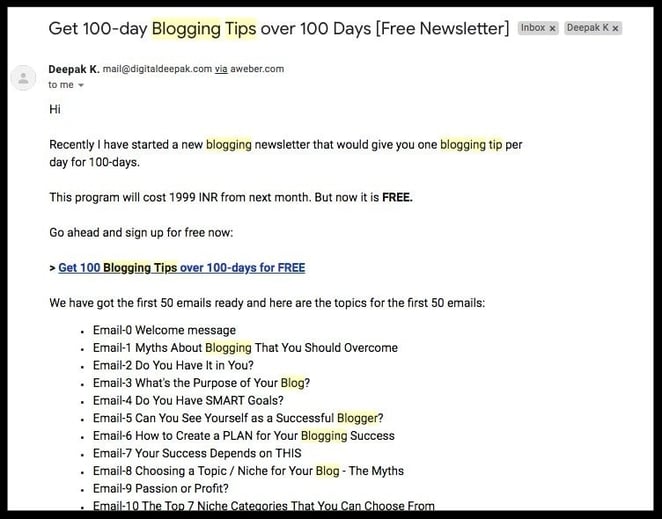
He planned a 100-Day Blogging Tips Challenge and sent subscribers 1 tip per day, everyday!
This strategy helped fortify his credibility towards his subscribers as they started to familiarize themselves with the way he presents his content.
The same example can be conducted for e books where you send readers a single chapter per day until the last day where you then present them the consolidated piece for future reference.
5) Utilise Heat Mapping to give you a better understanding of viewer behaviour on your website
Making assumptions will cost you. Rather than that, using collected data from viewer activity on your website is a more effective choice.
Hotjar is a tool that can be used to track user behaviour on your website by keeping track of their cursor movement on certain sections of your website.
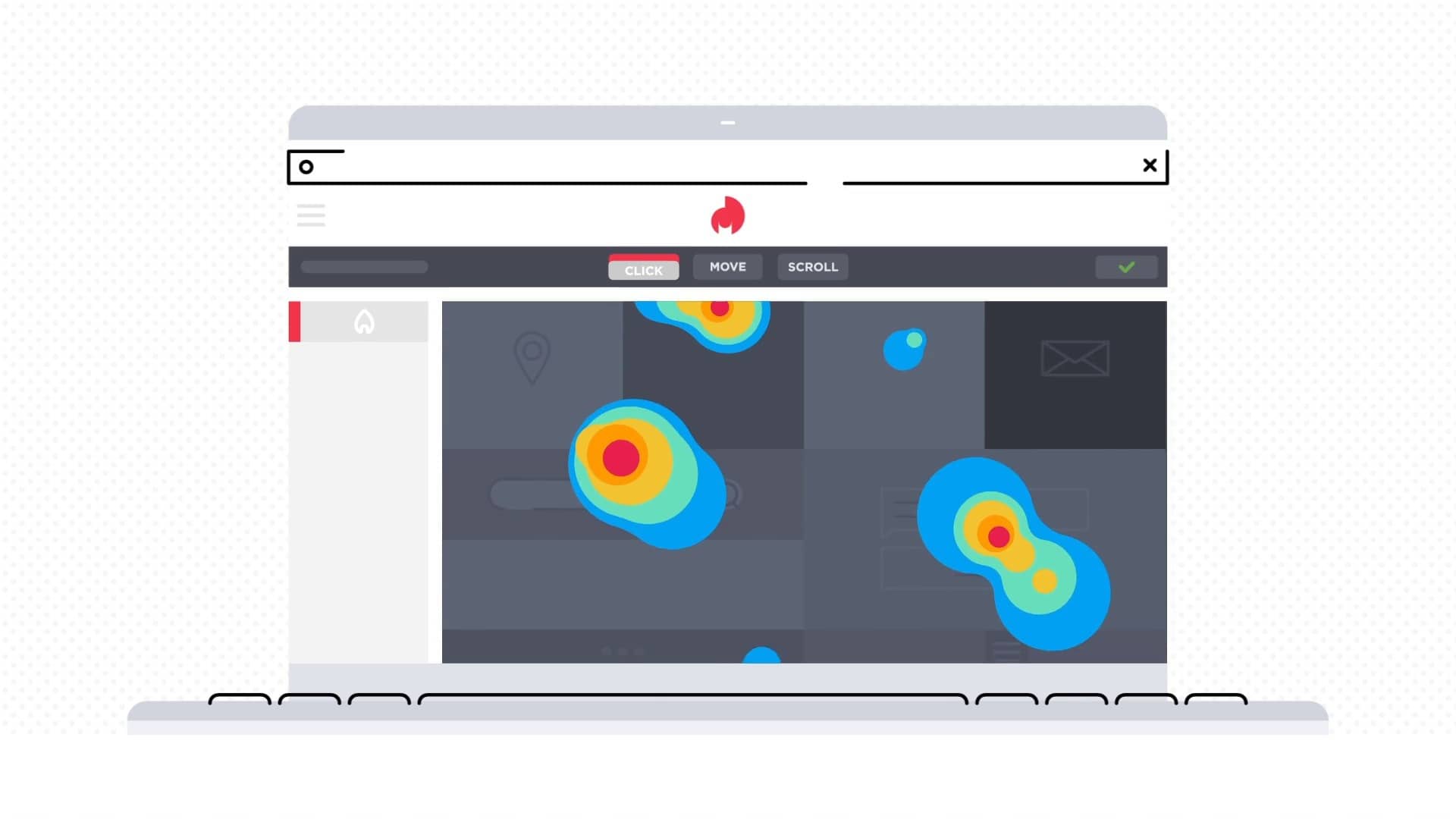 By implementing this, you can understand where viewer attention is going and what you can do to make those areas of your site that are being ignored more appealing so that they can catch the attention of your viewers.
By implementing this, you can understand where viewer attention is going and what you can do to make those areas of your site that are being ignored more appealing so that they can catch the attention of your viewers.
After collecting that data, you could format certain areas within your website in order to gain greater conversions
6) Retarget your Facebook ads among an interested audience to increase conversions
Content promotion is an integral part of your inbound marketing strategy.
If done poorly, even the best content will stay hidden from the world.
That’s why, I’ll show you a Facebook advertising growth hack that I use for my agency.
Did you know?
You can target ads to people who have visited your website or watched some parts of your video?
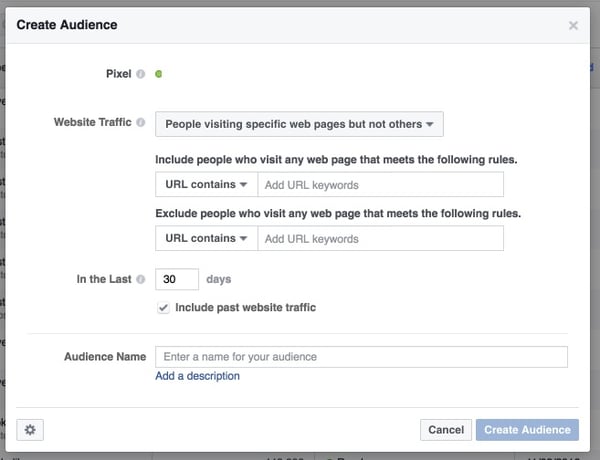
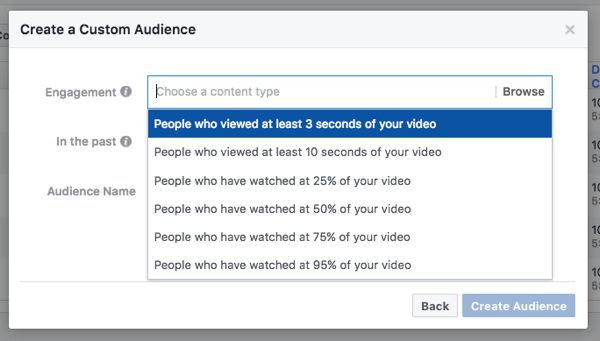
In making use of this manoeuvre people that aren’t likely to have an interest in your brand aren’t shown the advert to begin with. Only those that you select can view the ad are the ones chosen.
This saves time and you get the right people who have an interest in your content the chance to view it.
In fact, a research by Invesp states:
Retargeted customers are 3 times more likely to click on your ad as compared to people who have never interacted with your business before.
This can also help act as a call to action as you reinforce their own interest for your content within the minds of your target audience.
If you’d like help with that, simply get in touch with us.
7) Bring in more subscribers for your blogs through your email signature
People receive about a hundred emails per day and send out barely half of that.
Apart from sending out separate emails to promote your content, add a blog subscribe link to your email signature.
The image below is a small example of our email signature.
It's a great hack to get the attention of new prospects who might not yet be ready to buy from you.

8) Enable a live chat option for your website
Customers don’t have time to fill forms or wait for email replies to get their queries answered.
Implementing live chat allows for easy and personalised communication with prospects and gives a more personalised touch and saves their time. This avoids errors and makes things more convenient for them.
Here's a graph from SuperOffice's 21 Reasons Live Chat Can Help you Grow Your Business
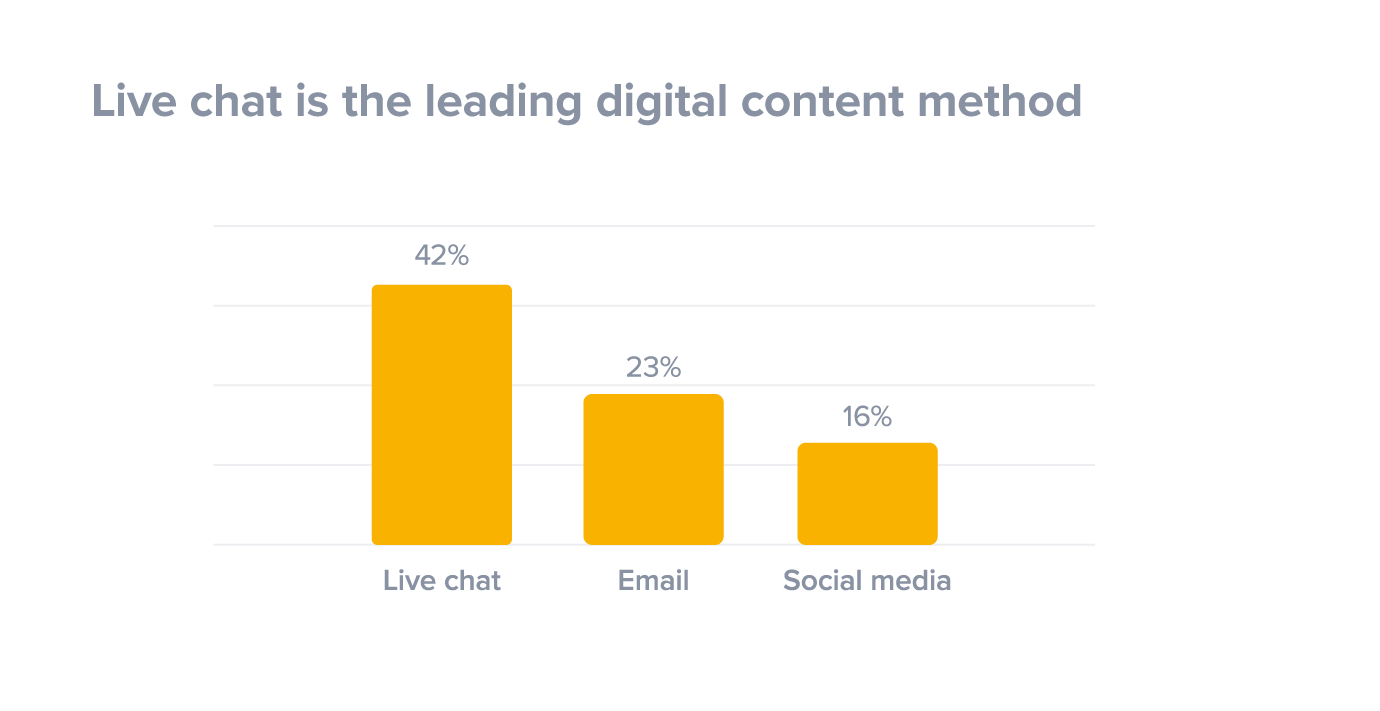 Research conducted by Emarketer suggested that 63% of customers were more likely to return to a website that offers live chat
Research conducted by Emarketer suggested that 63% of customers were more likely to return to a website that offers live chat
Now that's one astounding statistic most businesses are unaware of.
Another research states:
26% of customers will return to a website through retargeting.
Although there are many live chat softwares out there, we prefer Hubspot's Live Chat Tool.
Since we're HubSpot partner, you can give us a shout to install it on your website
It even contains bots that you can customise and utilise for any of your webpages
And the best part - It's FREE!




